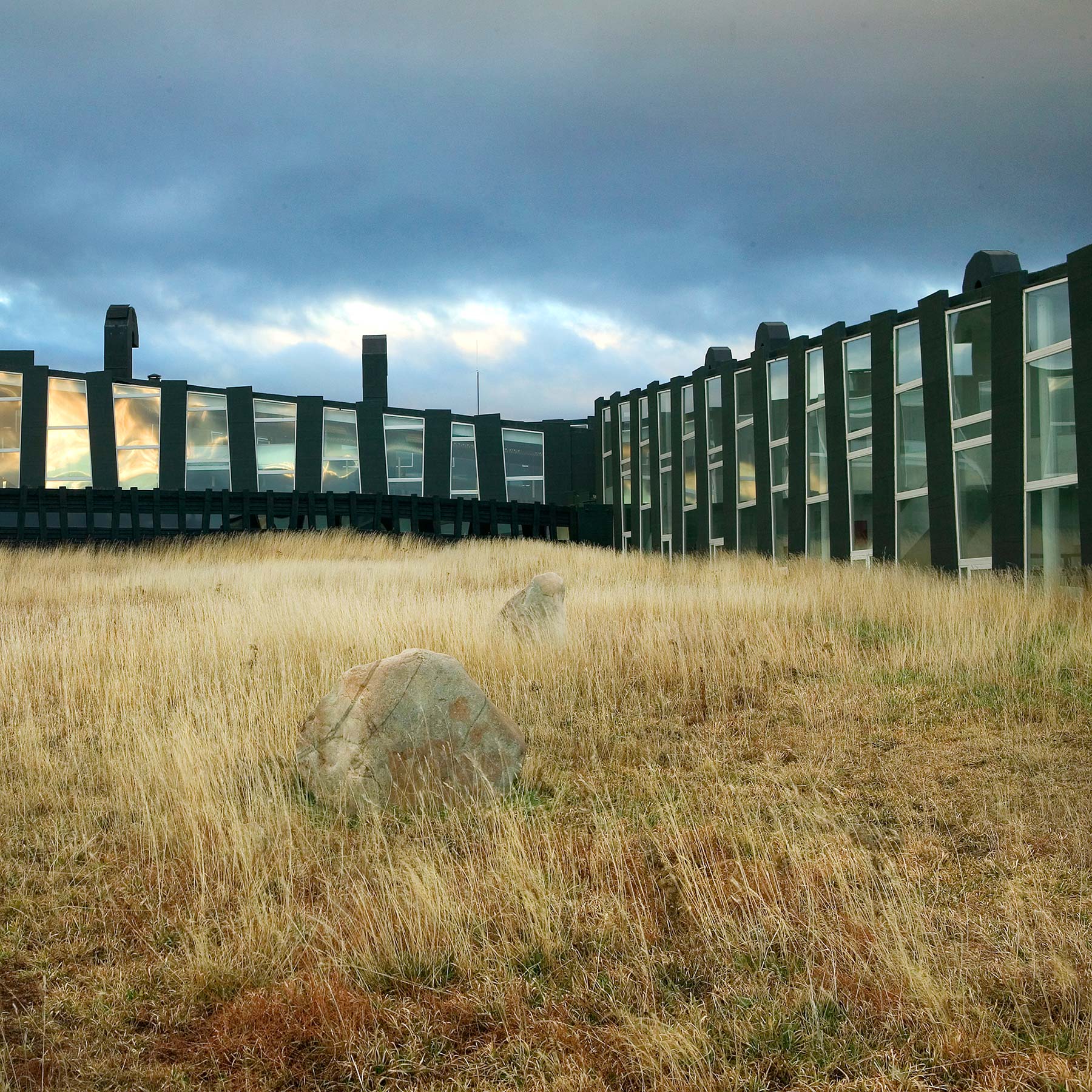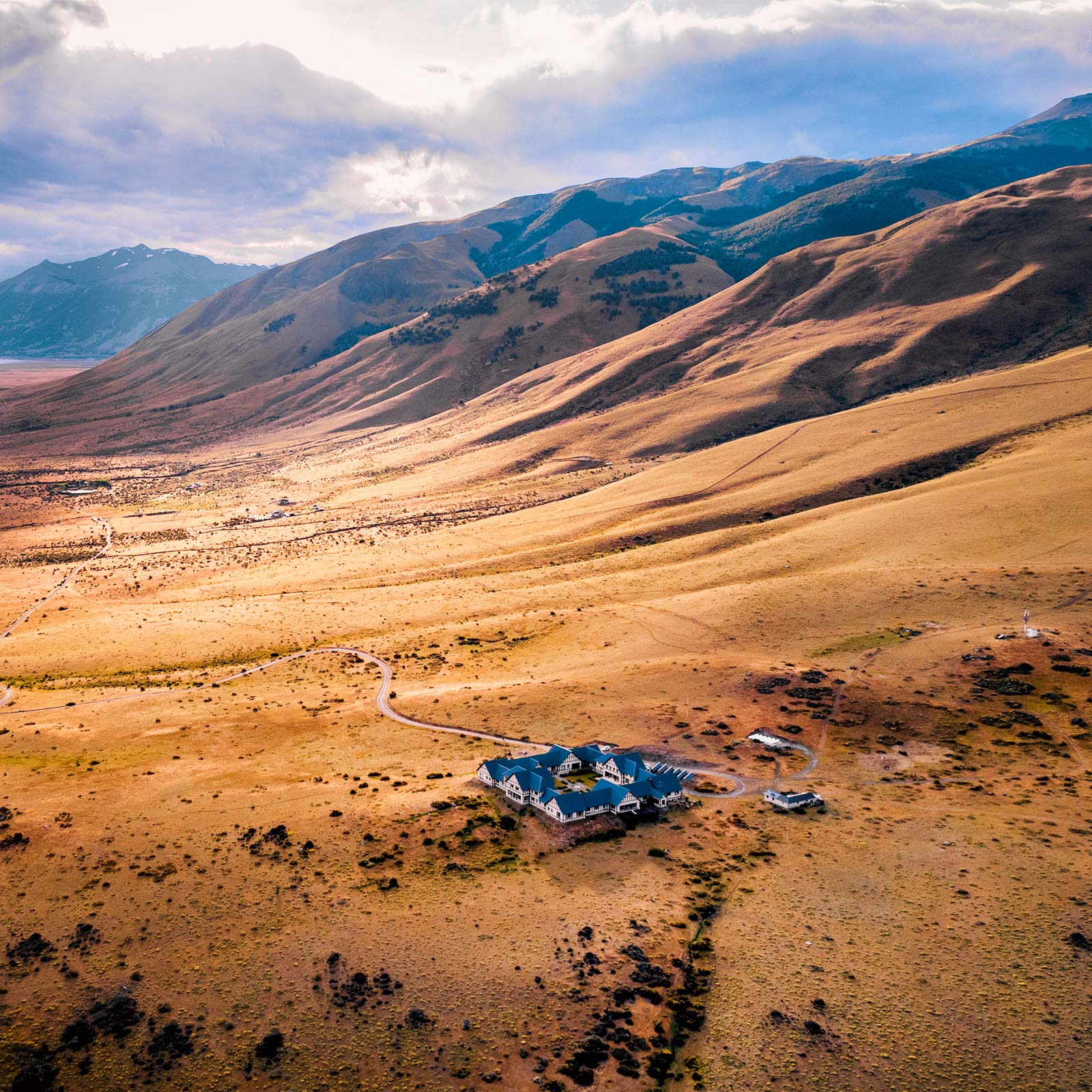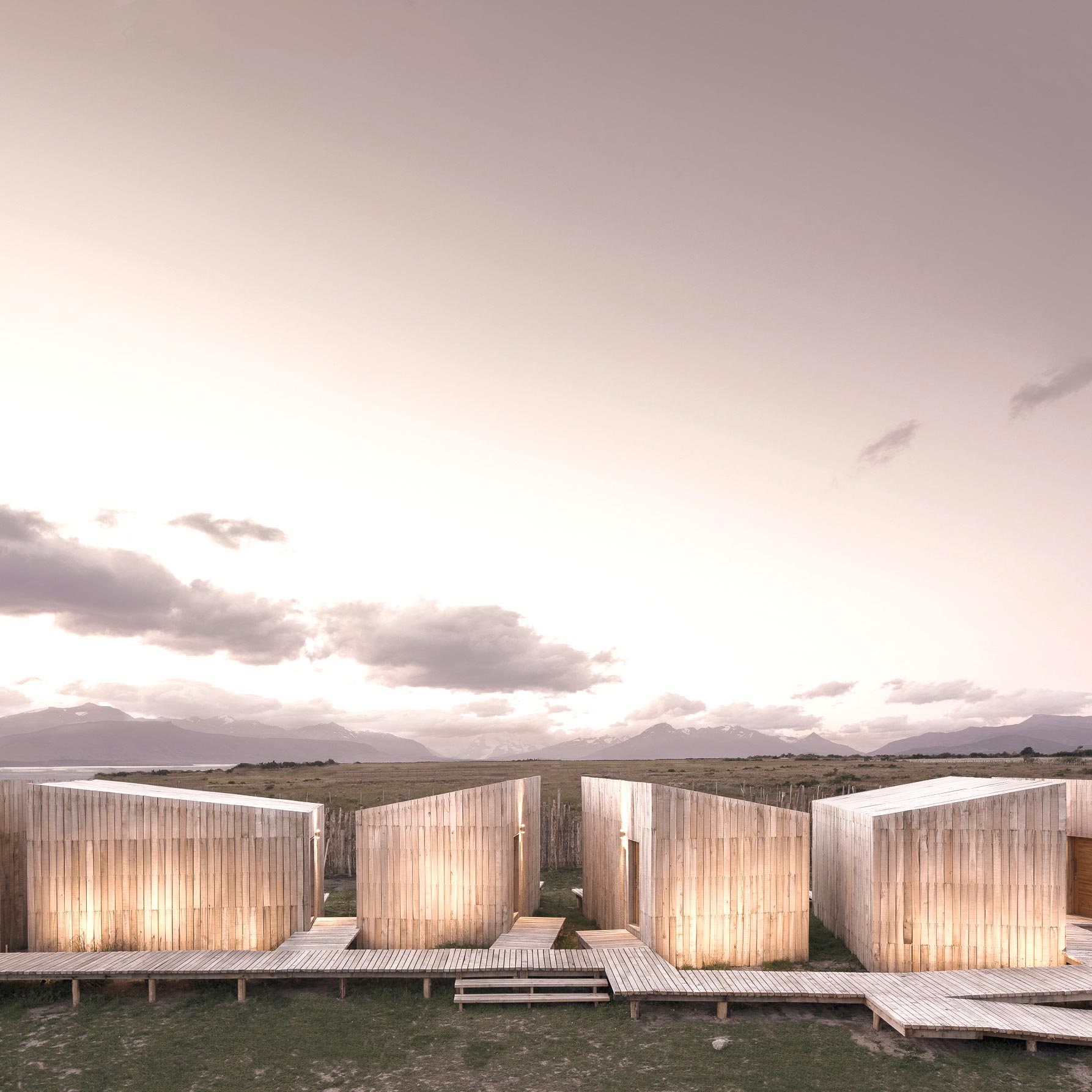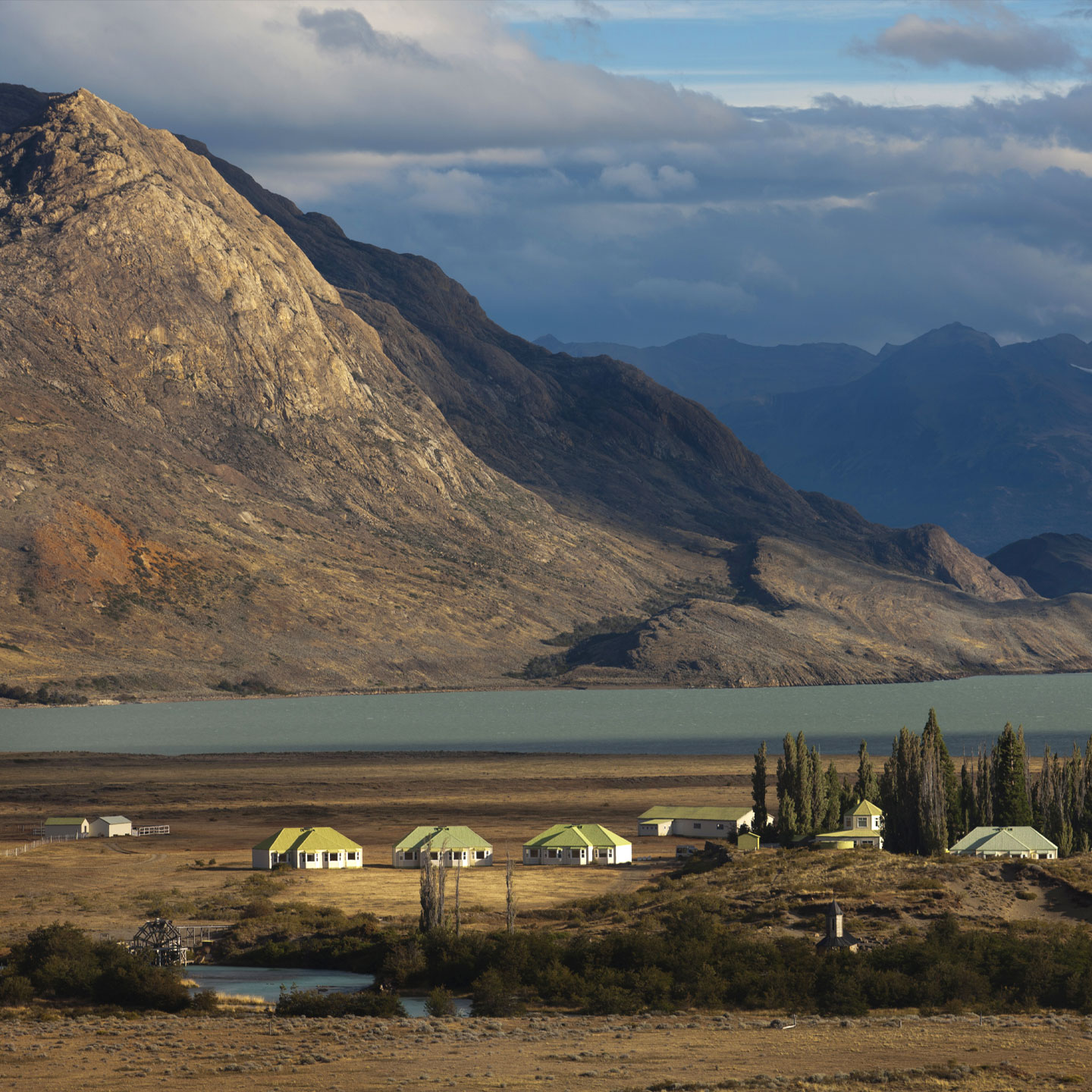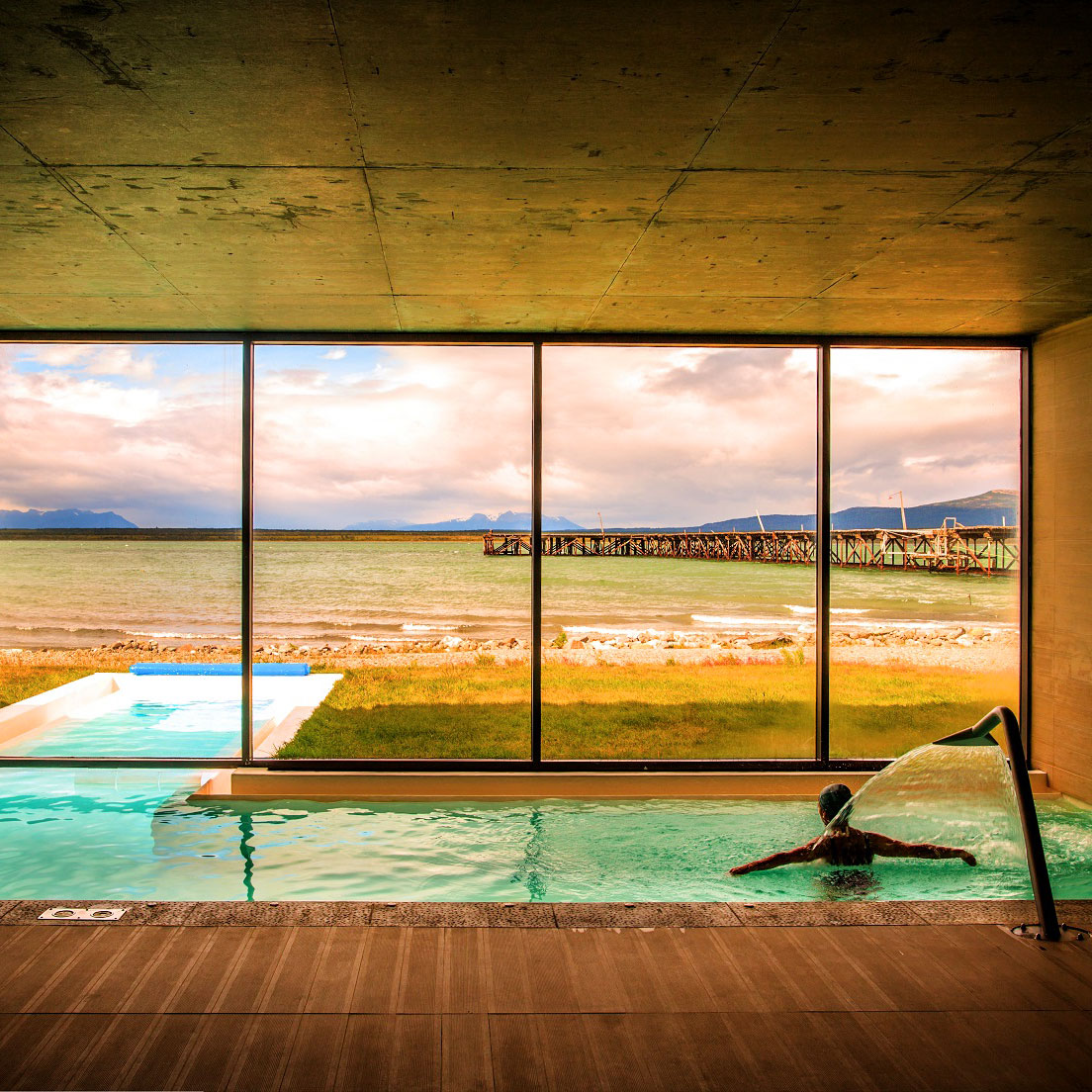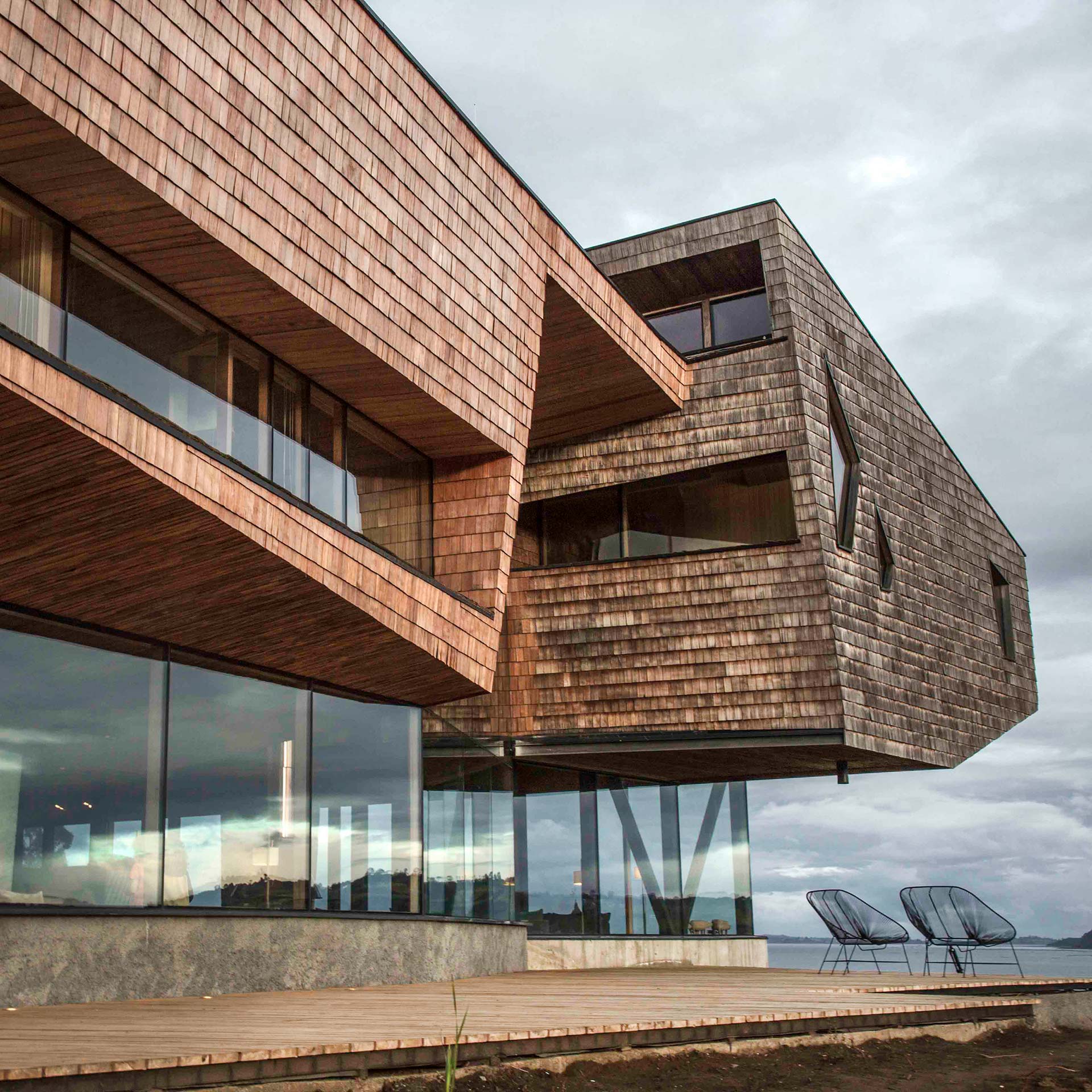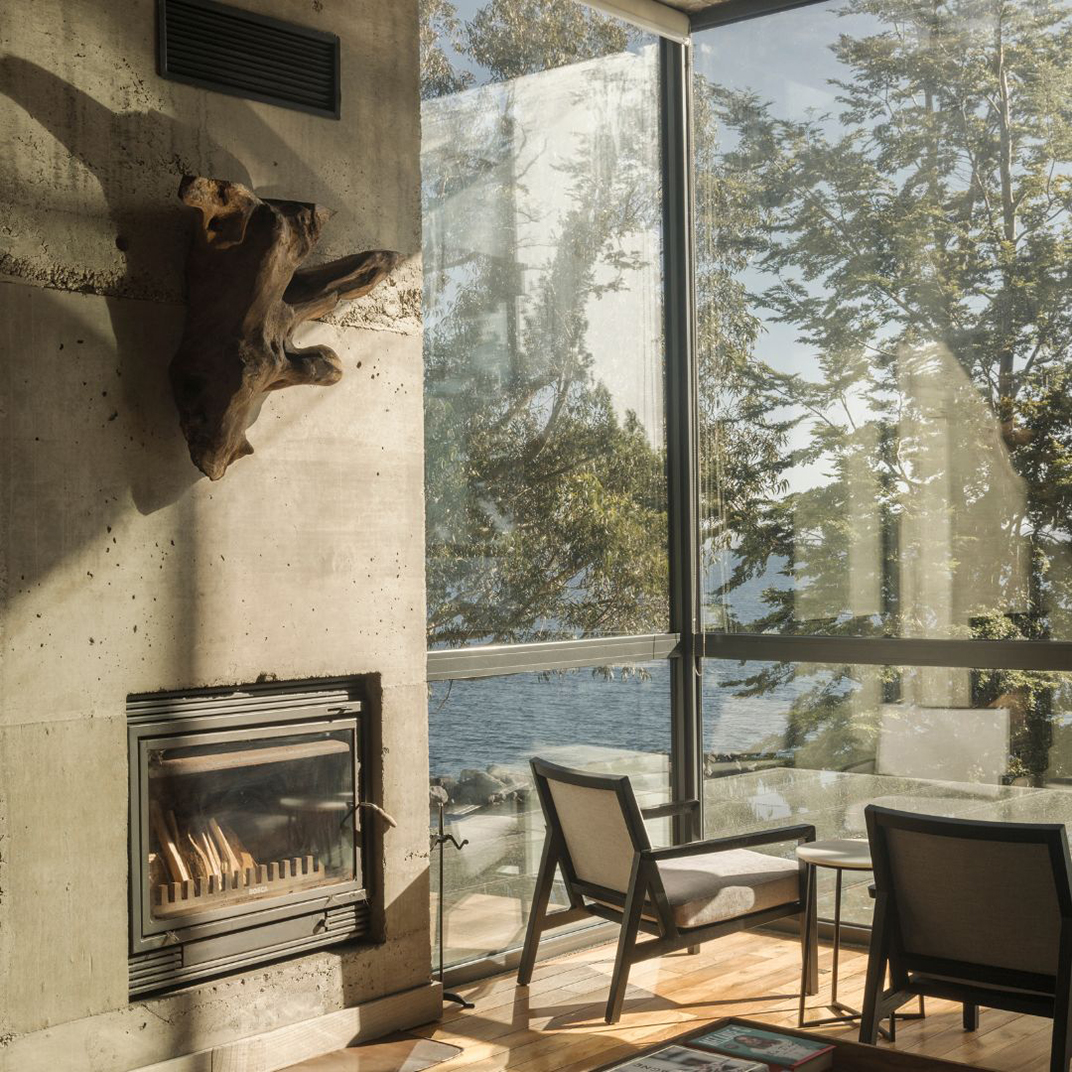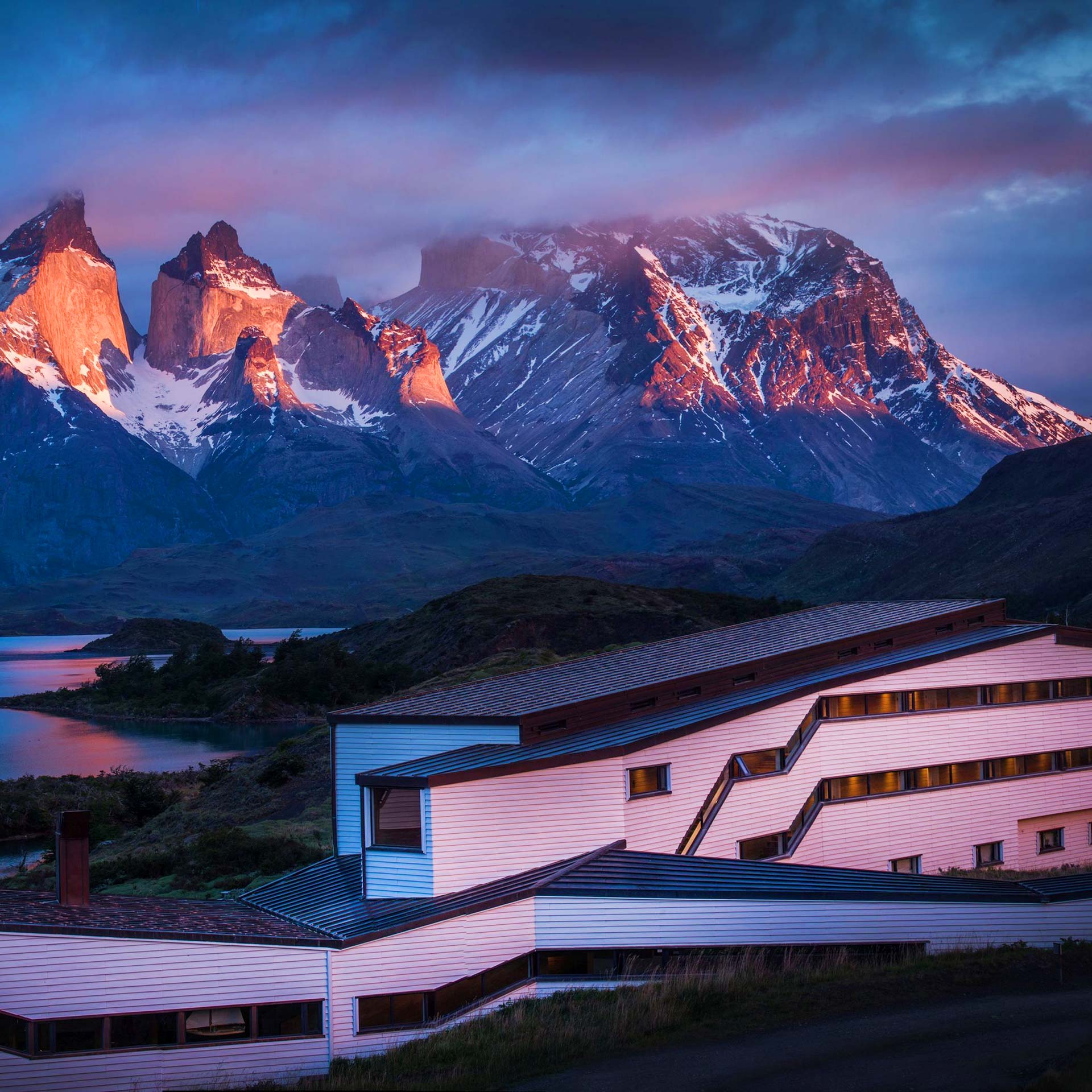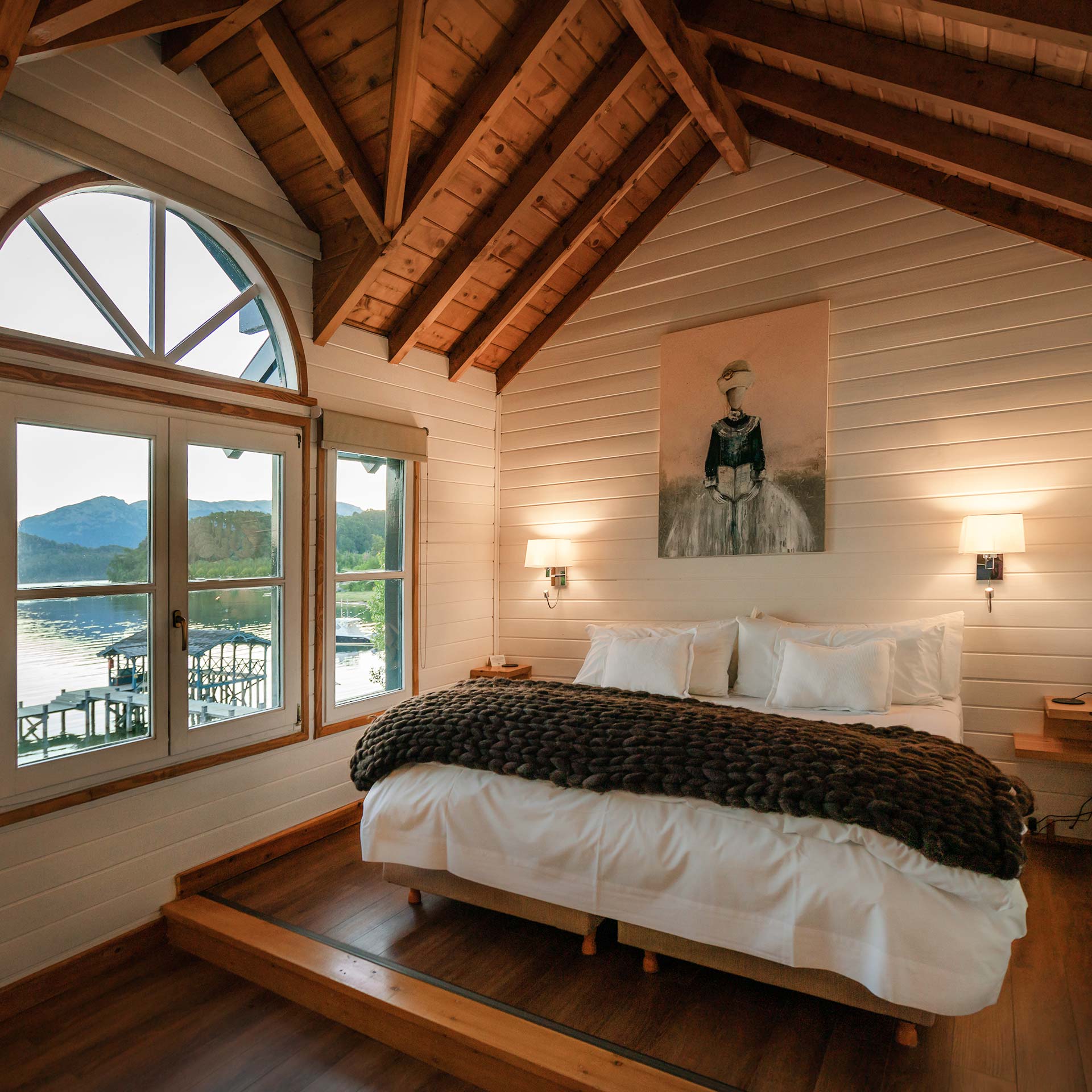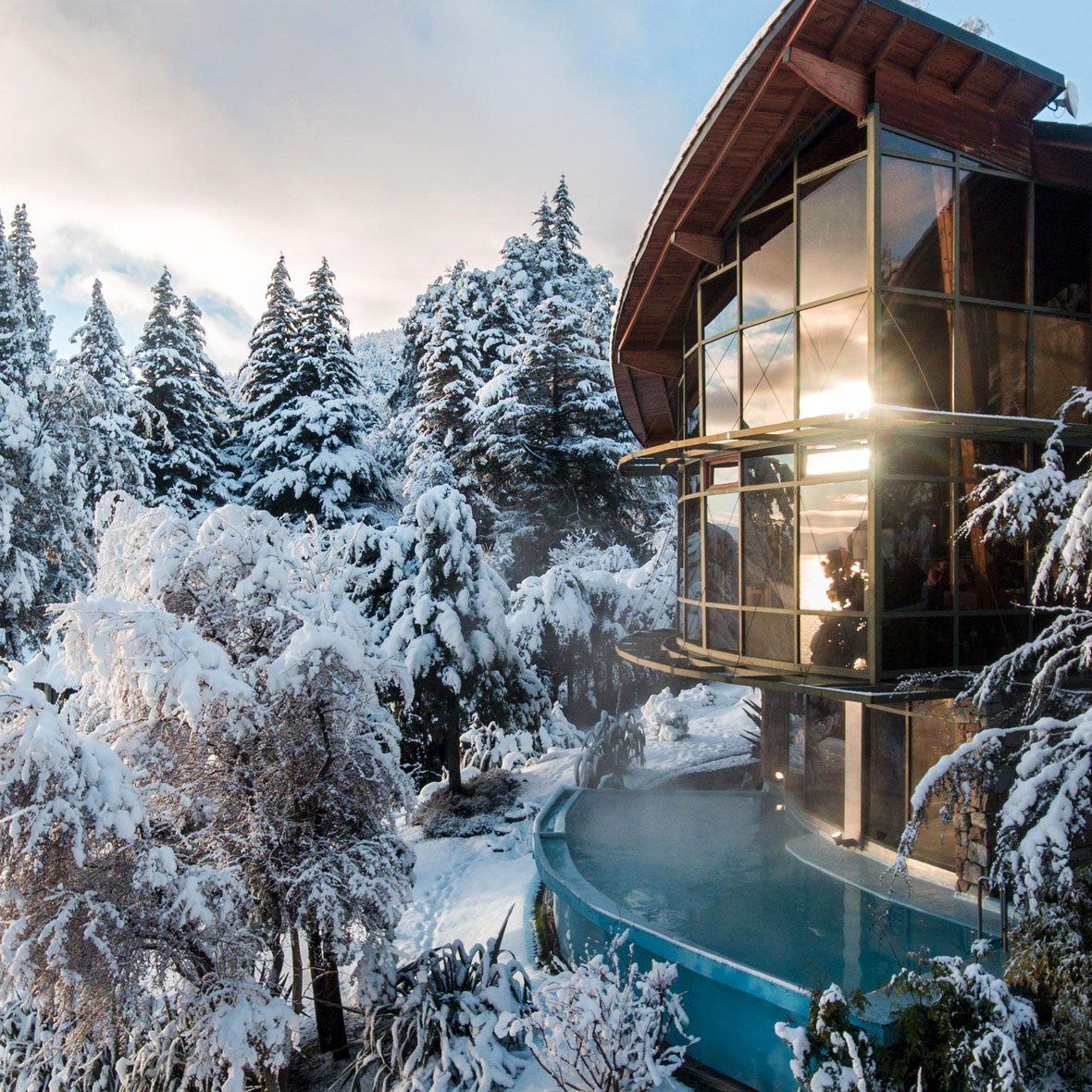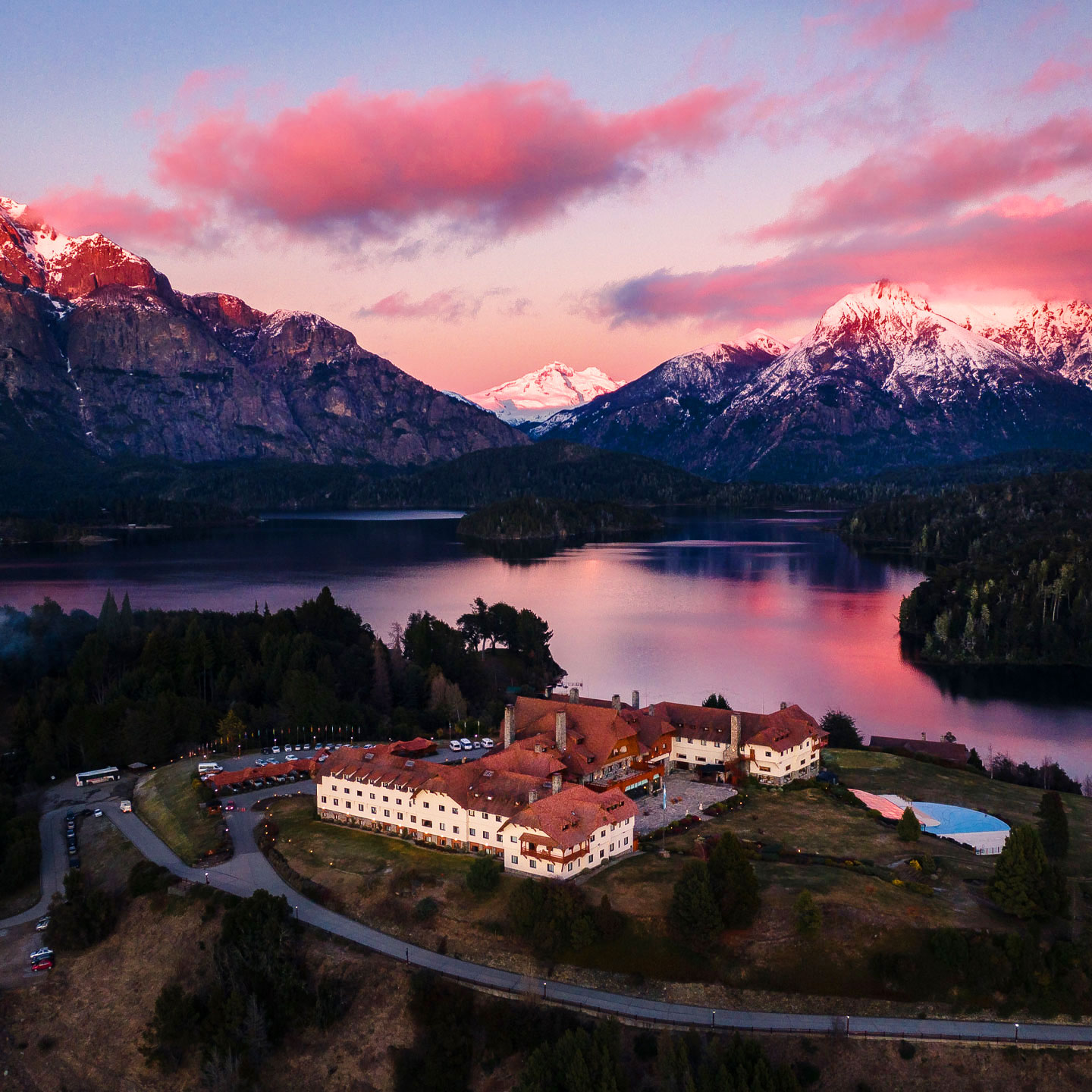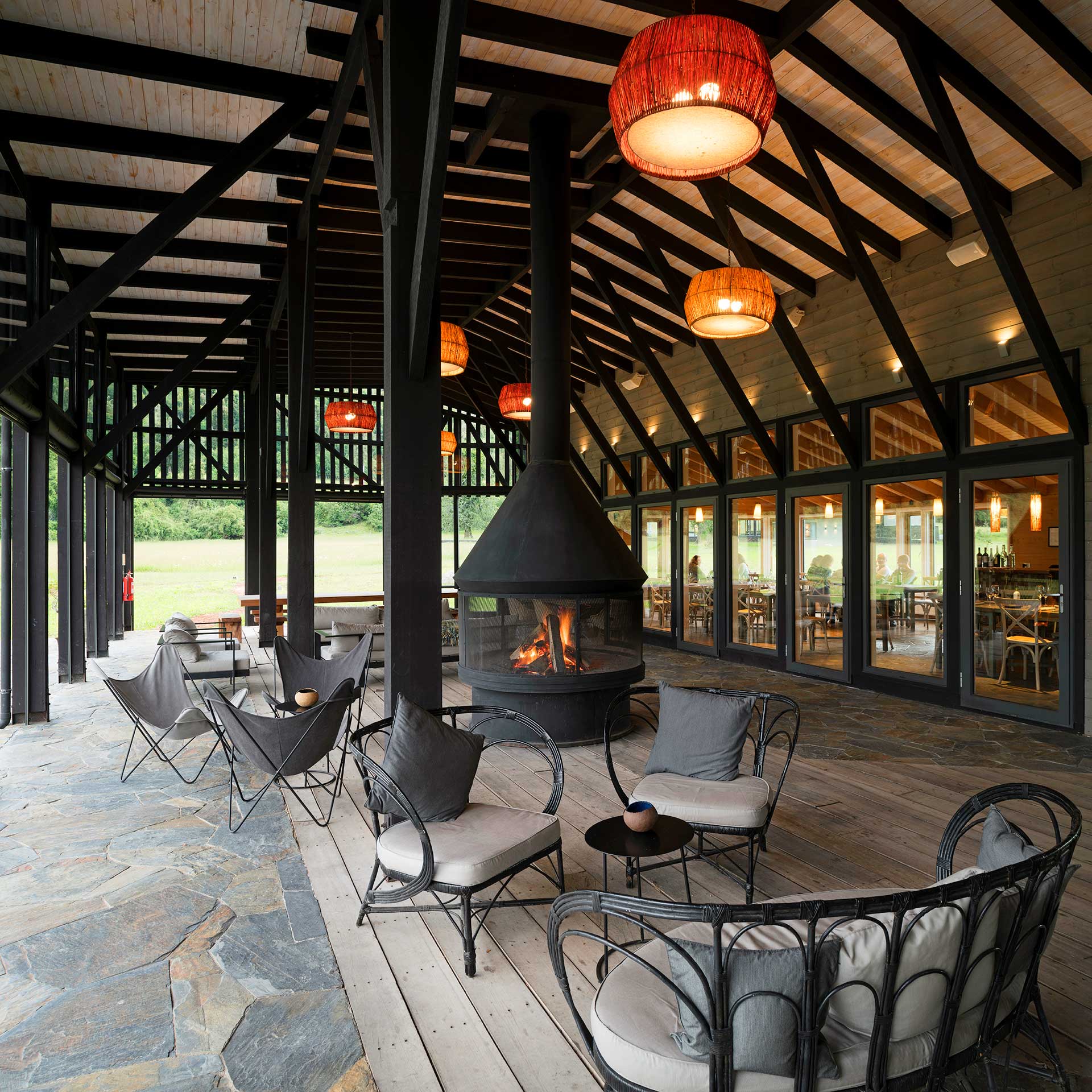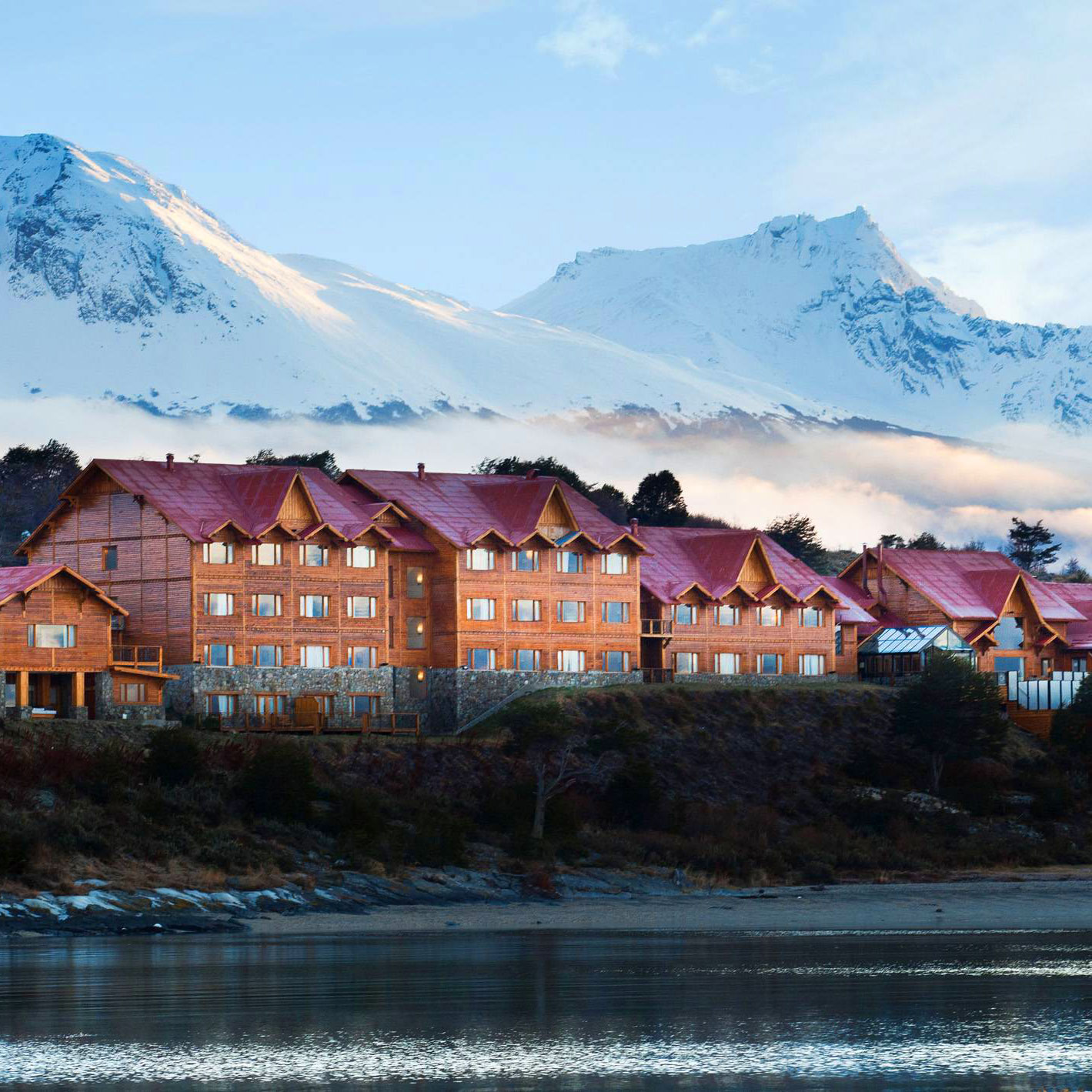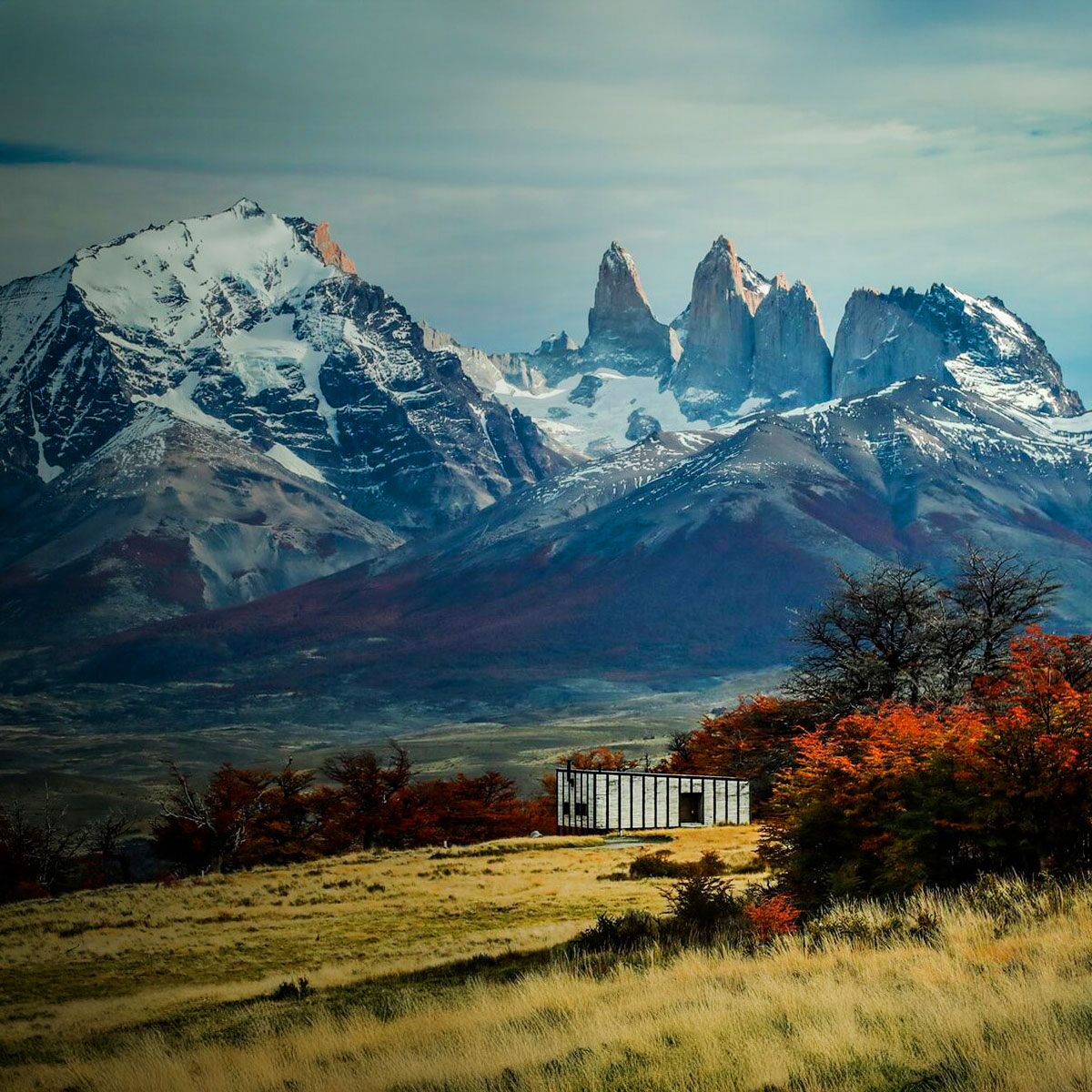
You may never make it to Patagonia. And that would be a shame. Because if you ever do get there, you’ll find a place of unmatched splendor and magnificence. Unmatched, that is, by everything but its own hotels.
Sometimes on Tablet you’ll see a picture of a hotel, and within the frame will be a scene of such astonishing drama that it inspires a near-crippling amount of wonder and awe — a structure and landscape combining to create a spectacle that lifts your spirits, ignites your imagination, and hangs forever in the rafters of your mind. To shuffle off the coil without having experienced it in person would represent a small but significant blemish on a life otherwise well-lived.
It’s a scene that must be seen. And many times, it’s in Patagonia.
Patagonia — essentially the entire southern portion of the South American continent — is a place of unfathomable beauty. A collection of deserts, mountains, volcanos, glaciers, forests, and fjords that sprawl across two countries, Chile and Argentina, and stretch along thousands of miles of coastline, catching waves from two oceans. When we dream of adventure and the raw power of nature, Patagonia is what we dream of.
The great hotels of Patagonia are notable for how they sit within this environment. Many of them are true marvels of modern design but have simple or sunken profiles that complement, and avoid competing with, the surroundings. The juxtaposition of minimalism and maximalism, of man and wild, is intoxicating, and perhaps more affecting here than anywhere else on the planet.
But for as well as these hotels communicate with the primeval terra, they are not primitive accommodations — not just basic shelters for a few dry winks and warm hours. They are ambitious, and they represent a clear demarcation between inside and out, between indulgence and sacrifice. During your visit to Patagonia there will be time to venture far afield, to swim in ancient lakes and climb craggy cliffs, to hike with guanacos and scan the sky for condors. But until then: something completely different. Until then: a fantasy of uncluttered luxury modernism that most of us only get to live in magazines and television shows.

Some guests might prefer a softer form of architecture. Patagonia, naturally, is also awash with hotels that look to have sprung forth more organically from the earth, with native stone and knotty logs replacing clean lines and precision-cut glass. These hotels match the intensity of the region by offering a brand of rustic cabin life that’s been turned up to 11. While less consciously engineered and adorned than their cutting-edge counterparts, they are no less monumental, standing proudly in their own awesome and otherworldly settings.
As a person gets older, they begin to confront the likelihood that they might not get to visit all of the world’s most compelling destinations. When you see a picture of the Colosseum in Rome, the Medina in Marrakech, a ryokan in Japan, or a chateau in Provence — if you haven’t yet been, you assume that someday you will. These are iconic images, burned into our brains. They are part of our shared language and we reflexively trust that they will be part of our future travels. But as the years tick by you realize it’s possible that, actually, you may never get the chance.
Patagonia is one of those destinations. Make sure you get your chance.
See all of our selected hotels in Patagonia, either in Argentina or Chile.
Remota
Puerto Natales, Chile
For a big architectural statement, this one, at least from the outside, comes off awfully quiet. But then that’s exactly as it was intended to be. Remota, in Puerto Natales, an old fishing town in Patagonia, is the latest hotel project from the Chilean green architect Germàn del Sol — so the statement, such as it is, is about minimizing the footprint, minimizing the silhouette, maximizing the impact of the place rather than the building.
EOLO – Patagonia’s Spirit
El Calafate, Argentina
Countless hotels have sprung up in the town of El Calafate to accommodate the stream of foreigners eager to watch house-sized chunks of ice fall off the three-mile-long Perito Moreno glacier and splash into the icy blue waters. Well removed from the town’s tourist bustle is EOLO – Patagonia’s Spirit, splendidly isolated on an expansive ranch in the pastoral La Anita valley.
Awasi Patagonia
Torres del Paine National Park, Chile
It’d be hard for a hotel in this setting not to be extraordinary. A cardboard box with a hole cut in it, through which you could look at those jagged peaks, would probably be booked weeks in advance. Suffice it to say Awasi goes quite a bit further than that. The look here is almost Nordic — or whatever the Chilean Patagonian equivalent of Nordic is. With the blond wood, the geometric forms, the low, polar light… you get the idea.
AKA Patagonia
Puerto Natales, Chile
For this site just outside of Puerto Natales, architect Pablo Larroulet designed prefab cabins made of hardy local lenga wood, arranged in a pattern that feels organic yet organized, complementing the landscape without quite disappearing into it. AKA Patagonia’s interiors are as stylish as its exteriors, and the same bare lenga wood features heavily, contributing to the atmosphere of warmth, along with other cozy organic gestures.
Estancia Cristina
El Calafate, Argentina
If remoteness is the new face of luxury, then Estancia Cristina deserves eight or nine stars. From El Calafate you board a small boat for a three-hour ride across the deep blue Lago Argentino and up into its long glacial fingers, ringed by impossibly tall peaks, and when finally you arrive at the Estancia you’ll feel — with some justification — as though you’ve arrived in another world entirely.
The Singular Patagonia
Puerto Natales, Chile
The Singular Patagonia is a restoration job, a total re-imagining of an old cattle processing plant, and a hotel that takes the idea of industrial chic to dizzying new heights. For every piece of vintage machinery or gorgeously weathered brickwork there’s an equally striking modern gesture — though, given the setting, perhaps none more impactful than the guest rooms’ enormous floor-to-ceiling windows.
Refugia Chiloé
Castro, Chile
The aesthetic at Refugia Chiloé — characterized by clean lines, natural woods, industrial beams, and huge glass panes — mixes local artisan traditions with cutting-edge modern design. The twelve guest rooms are simple and quiet, so as not to take attention from the views of the pristine waters surrounding Chiloé, the largest island on a northern Patagonian archipelago, dotted with mussel farms and colorful fishing villages.
Tierra Patagonia
Torres del Paine National Park, Chile
From the proper angle, Tierra Patagonia looks like little more than a fissure in the earth, a minor geological feature beneath the gasp-inducing major ones of Chilean Patagonia’s Torres del Paine National Park. But while the setting is end-of-the-earth rugged, the hotel itself is casually luxurious. It’s got an Uma spa, a surprisingly ambitious restaurant, spacious vista-rich rooms, and not an ounce of ostentation.
Hotel AWA
Puerto Varas, Chile
Chile’s southern region is increasingly known as its Lake District, and not without reason — this one, Lake Llanquihue, is spectacular, and would be even without the white-capped peak of Osorno, the volcano, dominating the horizon. It’s a setting that doesn’t necessarily need an extraordinarily attractive luxury boutique hotel, but it’s got one anyway: Hotel AWA, five stories of concrete, glass, metal, and wood.
Explora Patagonia
Torres del Paine National Park, Chile
This boxy modernist lodge stands just yards from the Salto Chico waterfall, with the peaks of the Paine massif looming just behind. So its fifty rooms and suites, and the associated public spaces, do their best to feel cozy and inviting by contrast. There are some self-consciously rustic touches, like the wood paneling and patterned textiles, as well as some clean modern lines. But above all, the views predominate.
Las Balsas
Villa La Angostura, Argentina
Tucked between the snow-capped Andes and the mirror-like expanse of Nahuel Huapi Lake in the deep reaches of Argentine Patagonia, far-flung Villa La Angostura is one of the most scenic destinations in the country. And its most luxurious hotel, Las Balsas, housed in an elegant wooden lodge right on the lakefront, looks straight out of a fairytale, evoking alpine chalet-style elegance.
Design Suites Bariloche
San Carlos de Bariloche, Argentina
As the Design Suites group spreads across all corners of Argentina, the branch in Bariloche is perhaps the most impressive of the bunch — perched on a hill overlooking Nahuel Huapi lake, in the ski country of Patagonia, four striking, design-focused, eco-inspired structures house a contemporary art gallery, wine bar, restaurant, health center, spa, and 54 guest rooms and suites.
Llao Llao Hotel & Resort
San Carlos de Bariloche, Argentina
Llao Llao is one of South America’s best-known and most unique hotels, located in scenic northwestern Patagonia, between Lake Moreno and Lake Nahuel Huapi, at the feet of snow-capped peaks, offering postcard views in every direction. The hotel was built in 1940, in the style of one of Canada’s grand mountain lodge hotels, with exposed cypress timbers, massive stone fireplaces, and Norman tile roofs.
Futangue Hotel & Spa
Riñinahue, Chile
The Lake District of northern Patagonia is where you go to get your dramatic mountain landscapes tempered by some lush green hillsides. Near Lake Ranco, on the Chilean side, you’ll find Futangue Hotel & Spa, a luxury adventure hotel in the now-classic Patagonian style, combining modern architecture, high-end comfort, and a setting that places it close to the end of the civilized world.
Los Cauquenes
Ushuaia, Argentina
Argentina’s Tierra del Fuego might have the strongest case for being called “the end of the world.” Few other places can match this landscape’s otherworldly drama, so Los Cauquenes, in the town of Ushuaia, doesn’t much try. The look is contemporary, with rustic materials meeting clean lines — but that’s as far as it goes. You don’t get your kicks from interior design when the end of the world is out your window.

Mark Fedeli is the hotel marketing and editorial director for Tablet and Michelin Guide. He’s been with Tablet since 2006, and he thinks you should subscribe to our newsletter.


